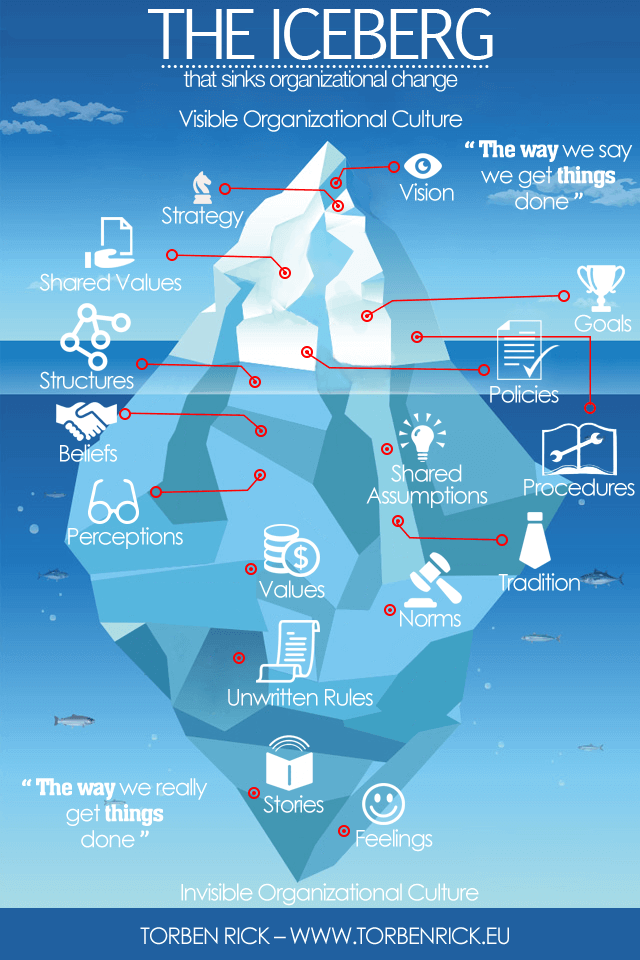- Matt Heelan
- Feb 1, 2023
- 4 min read
Updated: May 22, 2023

What is confidence? Have you ever lost your confidence? Where did it go? How did you get it back?
I lost my self-confidence in 2008. In that same year, my wife gave me a compass to help me find it again. On the compass was an inscription that said,
“What lies behind us and what lies before us are small matters compared to what lies within us. - Emerson.”
I used this compass to find my way back to the self-confident person that I was before 2008. Unfortunately, there are several factors that don’t allow some of us to recover from this loss. So what is this mysterious thing that some of us have, many more want and some never seem to be able to get it? What is confidence? We oftentimes believe that confidence is something that everyone either has or doesn’t but that’s not true because confidence is not a fixed attribute. Confidence for me has traveled on this sort of spectrum throughout my lifetime.
The definition of confidence for me is the attitude or belief that I have in myself to be able to do something. I also, over time, have learned to trust in myself that I have the knowledge, skills, and abilities to do something. It also means I can learn new subjects and concepts, rise to new challenges and hold myself accountable if something doesn’t go as planned.
There is also an important link between self-confidence and self-esteem. Self-esteem is the value that I put on myself. The mistake that I made for many years was allowing other people to assign me my own value vs. defining my value for myself. The day that I shifted to caring less about what other people thought of me was also the beginning of my becoming a more confident person. I say to people all the time that the only people whose opinions I truly care about are my wife, my kid, and my parents.
"You wouldn't worry so much about what others think of you if you realized how seldom they do." - Eleanor Roosevelt
Additionally, I could not have pursued a path to leadership and management roles without high self-esteem and self-confidence balanced with a healthy amount of humility and gratitude. I believe that because of the valleys that I experienced with low self-esteem and lack of confidence really prepared me for all sorts of challenges I faced as a leader. In one example, I was able to rely on my own confidence when I had to lead an organization through a crisis that could have caused the company to go out of business.

Also, a number of the entrepreneurs, founders, and CEOs I have worked with have also struggled with self-esteem and self-confidence issues. I don’t know why I always found it interesting that these individuals that had such great wealth, built great organizations, and impacted so many people also struggled to assign their own value and believe in themselves. The lack of self-esteem and self-confidence are not only reserved for certain zip codes or income brackets.
"If you hear a voice within you say 'you cannot paint,' then by all means paint, and that voice will be silenced." - Vincent Van Gogh
I don’t pretend to have some magical advice for you but here is what has helped me:
Understand Neural plasticity. When a person has a stroke the brain begins to restructure or reorganize itself, create new connections, and create new neurons. Keep that in mind when you lack the confidence to learn something new - your brain can do amazing things it just needs you to believe in yourself.
Create a trusted network or personal advisory board. As I mentioned earlier, I rely heavily on my family when I need help boosting my self-esteem or self-confidence. Over my career, I have also built a trusted network. This network consists of people who have gotten to know me over the years. These people have witnessed me as a success and as a failure. We have earned one another’s trust by giving each other sound personal and professional advice. I also make sure that this personal advisory board encompasses many different people with a broad array of skills, knowledge, and experience.
Stop listening to your inner critical voice and remember your greatness. When our confidence is low we may have a tendency to listen to this inner critical voice. I am generally a positive-thinking person but when I hear this critical voice I make a conscious effort to reject it. How? Listen to the words in your head. If you truly examine what this critical or negative voice is telling you about yourself it is typically not based on actual facts. As a former college athlete, one of the proudest things I can say is that my father never missed a single game. After each game, my father would then get the local newspaper and cut out the box scores that would detail my performance. He would then send me the box scores. He always told me that sometimes you need to look at your old box scores to remind yourself of how great you were and can be in the future.
Exercise regularly. I have always understood the value of exercise as an ex-athlete but as I have gotten older the value that it has on my own confidence and mindset is undeniable. There is also a relationship related to (1) in that exercise prevents neuron loss in the hippocampus and increases new neuron formation. I need all the help I can get.

If your confidence is low reach out to me and I would be happy to help in any way that I can. We can start with your box scores. matt.heelan@thaystack.com







